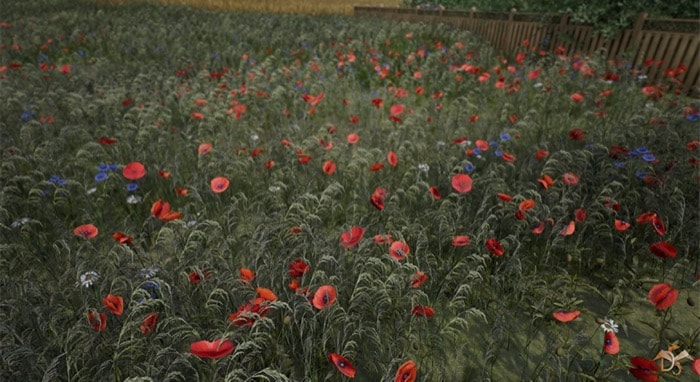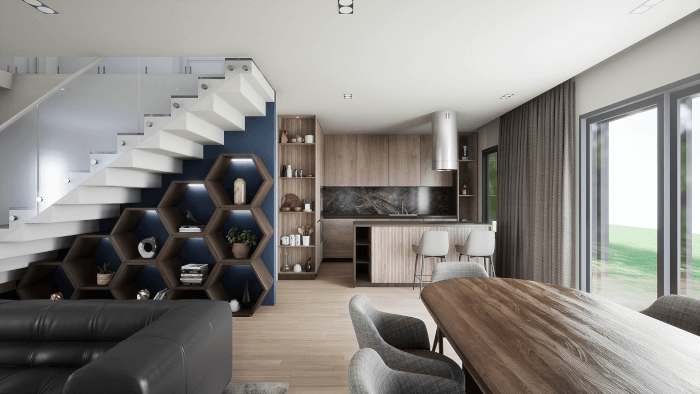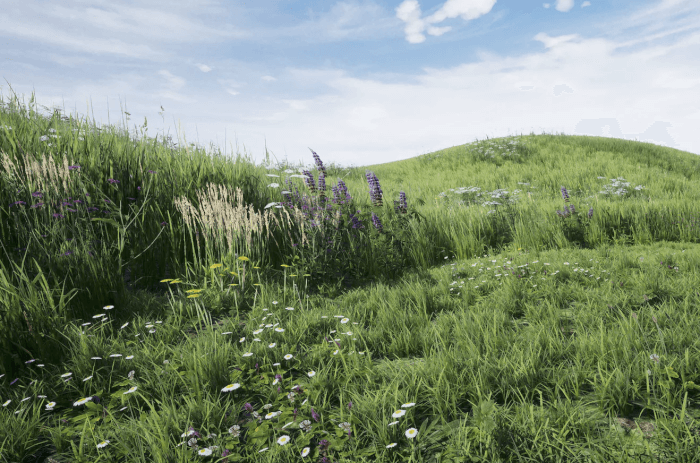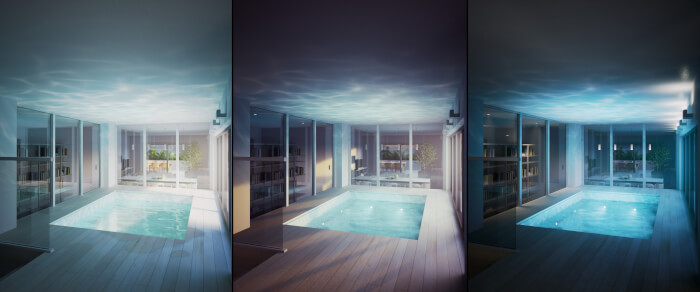
A popular choice for interactive architectural visualization is the Unreal Engine because it offers a free license for artists working in architecture and design. And also because of the visual quality, you can achieve with projects rendered with the engine.
Having a tool that can create real-time visualization with that level of quality is a must-have for specific projects. If you already use the Unreal Engine for architecture or have plans to start working with the software in the future, we found a resource that you should copy immediately.
It is a collection of assets with flowers and plants called Nature Pack. The collection is a commercial product, which is now free in the Epic Games Marketplace.

You will find a total of 1660 assets for landscape architecture that can help you in several different projects. With a collection like this one, you can quickly populate a garden or background for a residential project.
I do recommend you to grab the content fast because the discount has a limited time.
The real-time visualization of the Unreal Engine has something that we cant do with Eevee today, which is interactivity. You can offer your costumers a way to interact with the scene. They can do things like changing the materials of a scene.
Maybe in the future, we get something close to that when Blender gets back an interactive mode.




